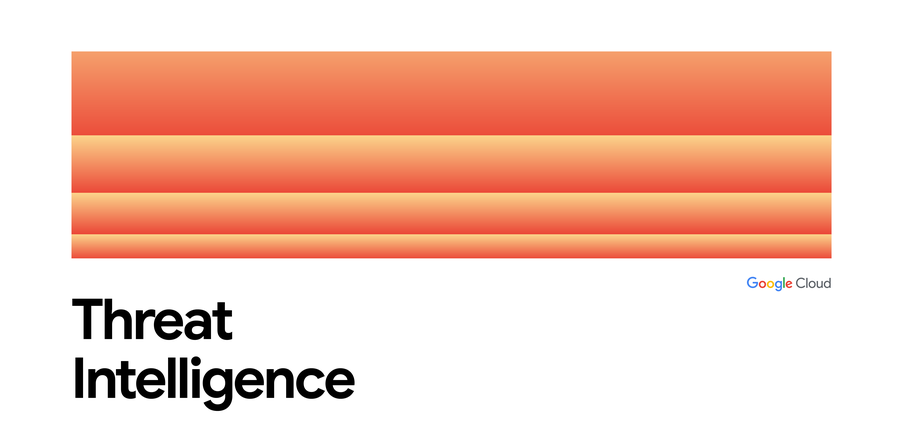In an increasingly digitized world, the rise of cybercrime has emerged as a formidable challenge not just to individuals and businesses, but to the very fabric of national security. A recent report from Google’s Threat Intelligence Team underscores this growing danger, highlighting how sophisticated cybercriminals are exploiting technological advancements to undermine governments, critical infrastructure, and societal stability.
The Escalating Cyber Threat Landscape
Cybercrime is no longer confined to isolated incidents of data theft or financial fraud. According to Google’s experts, the modern threat landscape involves highly organized groups—some state-sponsored, others independent—that deploy advanced tactics to infiltrate systems and wreak havoc. From ransomware attacks crippling hospitals and energy grids to espionage campaigns targeting sensitive government data, these activities pose risks that extend far beyond monetary losses.
The report points to a sharp uptick in attacks on critical infrastructure, such as power plants, water systems, and transportation networks. These sectors, often reliant on aging technology and interconnected systems, are prime targets for disruption. A single successful breach could paralyze entire regions, erode public trust, and destabilize national defense mechanisms.
Nation-State Actors and Cyber Mercenaries
One of the most alarming trends identified by Google’s Threat Intelligence Team is the role of nation-state actors. Countries with advanced cyber capabilities are increasingly using digital warfare to assert dominance, gather intelligence, or weaken adversaries without firing a single shot. These state-backed operations often blur the lines between traditional espionage and outright sabotage.
Compounding the issue is the rise of “cyber mercenaries”—private groups or individuals offering their hacking skills to the highest bidder, including governments. This commodification of cyber expertise has lowered the barrier to entry for malicious actors, enabling even smaller nations or rogue organizations to launch devastating attacks.
The Economic and Social Toll
The ripple effects of cybercrime on national security are profound. Economically, the cost of mitigating attacks and recovering from breaches drains public and private resources. Socially, the erosion of trust in digital systems—whether banking, voting, or communication—can fuel unrest and division. Google’s report cites instances where misinformation campaigns, amplified by stolen data or hacked accounts, have swayed public opinion or disrupted democratic processes.
A Call for Collaboration
The Google Threat Intelligence Team emphasizes that combating this threat requires a unified response. Governments, tech companies, and international organizations must collaborate to strengthen cybersecurity frameworks, share threat intelligence, and develop resilient systems. Public awareness, too, plays a critical role—individuals and businesses must adopt better digital hygiene to reduce vulnerabilities that cybercriminals exploit.
Innovations like artificial intelligence and machine learning, already leveraged by Google to detect and neutralize threats, offer hope. However, the same technologies are being weaponized by attackers, creating an escalating arms race in cyberspace.
The Path Forward
As of March 17, 2025, the stakes could not be higher. Cybercrime’s threat to national security is not a distant possibility—it’s a present reality. The Google Threat Intelligence Team’s findings serve as both a warning and a call to action. Nations must prioritize cybersecurity as a cornerstone of defense strategy, recognizing that in the 21st century, the battlefield extends into the digital realm.
Failure to act decisively could leave societies vulnerable to an enemy that operates in the shadows, striking without warning and leaving chaos in its wake. The time to bolster our defenses is now—before the next attack redefines the cost of inaction.
Media Disclaimer: This report is based on internal and external research obtained through various means. The information provided is for reference purposes only, and users bear full responsibility for their reliance on it. Summitsystemsissp assumes no liability for the accuracy or consequences of using this information







